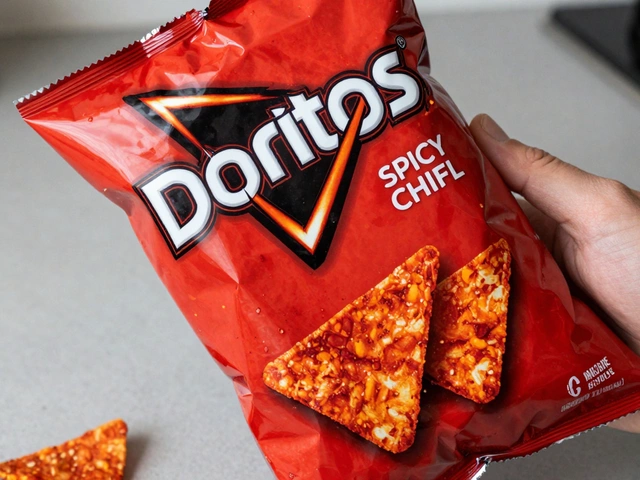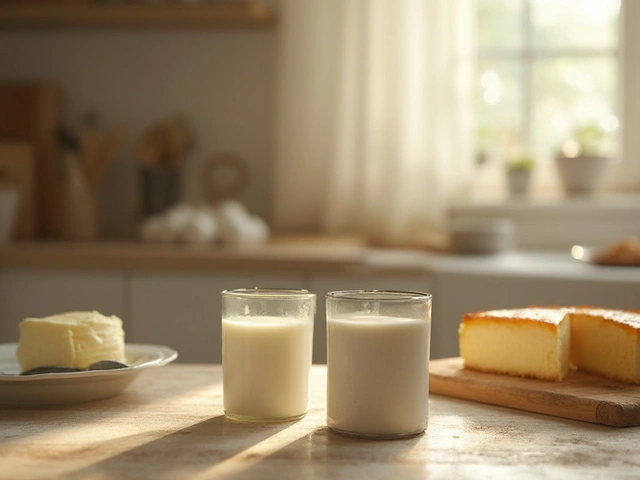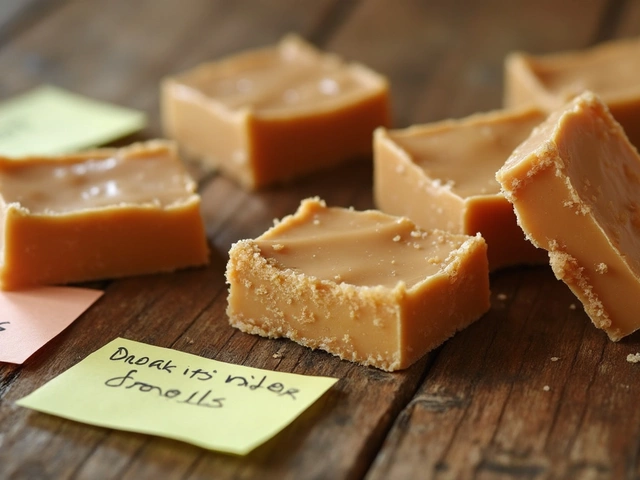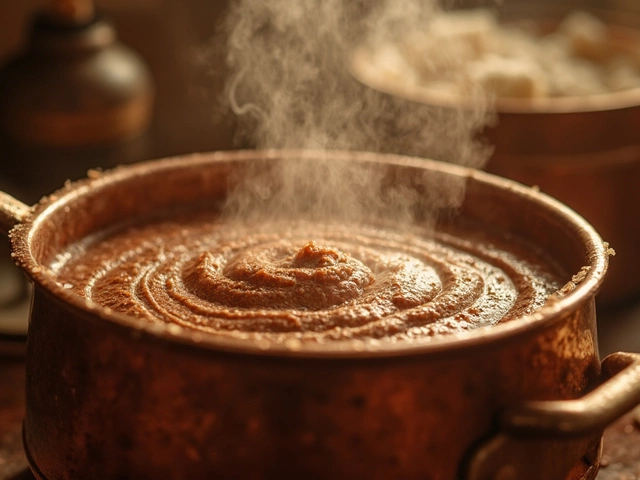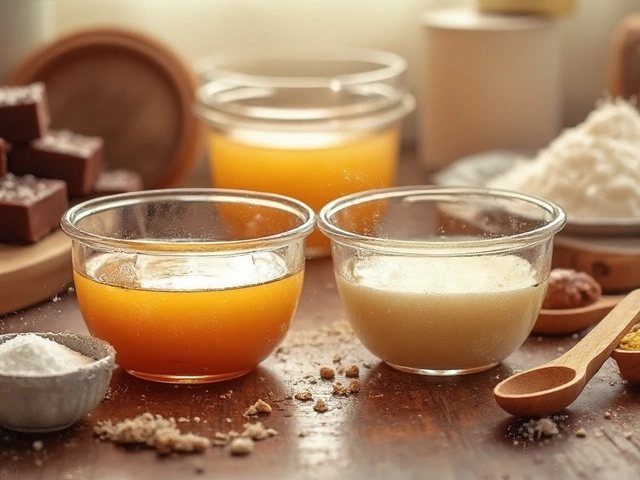Cake Types – Your Quick Guide to Choosing the Right Cake
Whether you’re planning a birthday, a wedding, or just a sweet treat for yourself, knowing the different cake types can save you time and stress. From classic chocolate sponge to airy gluten‑free options, each style has its own texture, flavor profile, and ideal occasions. This guide breaks down the most common categories and gives you practical tips you can use right now.
Common Cake Categories
Chocolate cake tops the list as the world’s most eaten cake. Its rich, moist crumb makes it a crowd‑pleaser at any party. If you want a lighter bite, try a vanilla sponge or a lemon drizzle – both are perfect for tea‑time gatherings.
Cheesecake offers a creamy, tangy alternative. Skipping the egg in a cheesecake can change the texture, so most recipes keep a single egg for stability. When you need a dairy‑free version, look for vegan cream cheese or a nut‑based filling.
For those on a gluten‑free diet, gluten‑free cakes often sink or become dense. The secret is to use a blend of rice flour, almond flour, and a bit of xanthan gum, then avoid over‑mixing. If you’ve ever had a sunken cake, these tweaks will keep it fluffy.
Birthday cake alternatives are gaining popularity. Think dessert bars, mini tarts, or even a layered fruit parfait. They’re easier to portion and can be customized for dietary restrictions without sacrificing the celebratory feel.
Choosing the Right Cake for Your Event
Start with the guest list. For a crowd of 50, a two‑tier 10‑inch cake or a rectangular sheet cake usually serves everyone without huge leftovers. Use a simple serving chart: a 6‑inch round feeds 12, an 8‑inch feeds 20, and a 10‑inch feeds 30‑35.
Next, think about venue and storage. If you’re outdoors, a sturdy buttercream or fondant coating protects the cake from temperature swings. For a wedding, budget matters – in 2025 the average wedding cake costs between £400‑£700, so decide if you need a full‑size tiered cake or a modest display cake.
Flavor pairing matters too. Pair chocolate cake with raspberry ganache for a tart contrast, or match a lemon cake with blueberry compote for a fresh summer vibe. If you’re serving kids, simple flavors like vanilla and strawberry keep things safe and appealing.
Finally, don’t forget decoration time. Even a plain sponge looks polished with a drizzle of glaze, fresh berries, or a sprinkle of toasted nuts. These small touches add visual wow without a huge extra cost.
Now you’ve got the basics: know the main cake types, understand how to size and flavor them, and you’ll be ready to pick the perfect cake for any occasion. Happy baking!
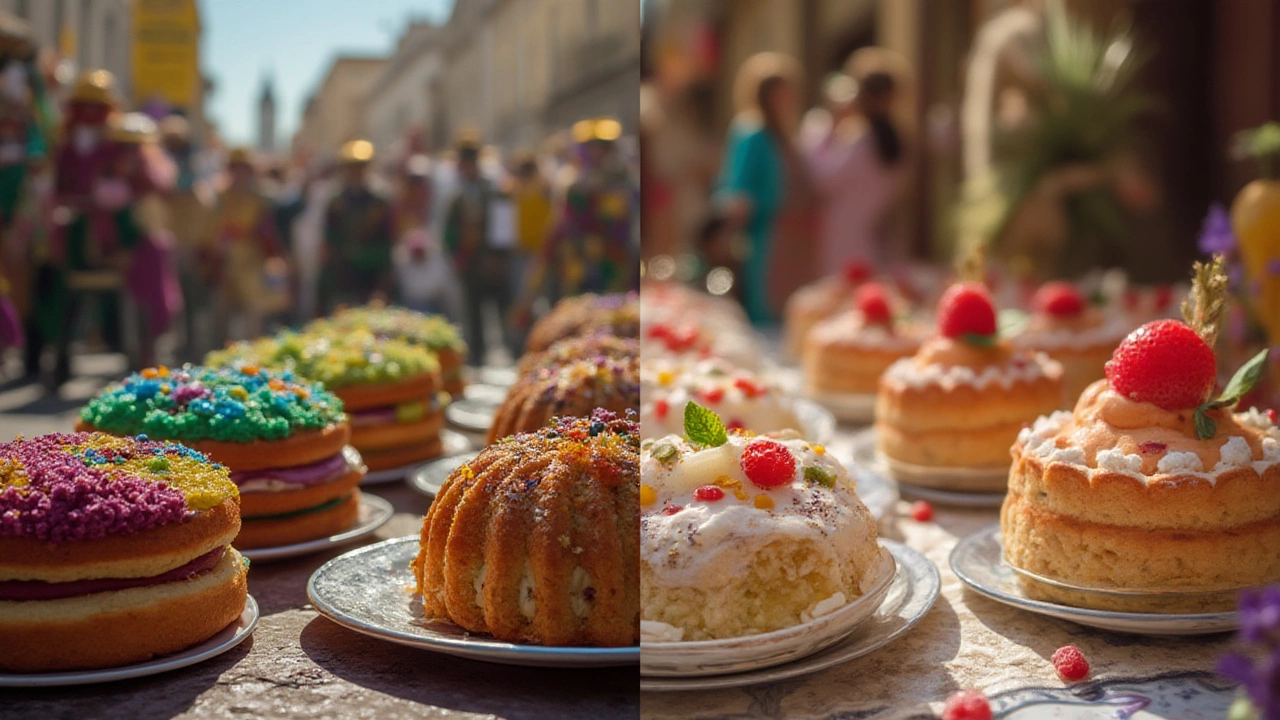
King Cake vs Queen Cake: What’s the Real Difference?
Unravel the key differences between king cake and queen cake, from their history and traditions to recipes, flavor, and cultural importance. Get helpful baking tips too.
View More
